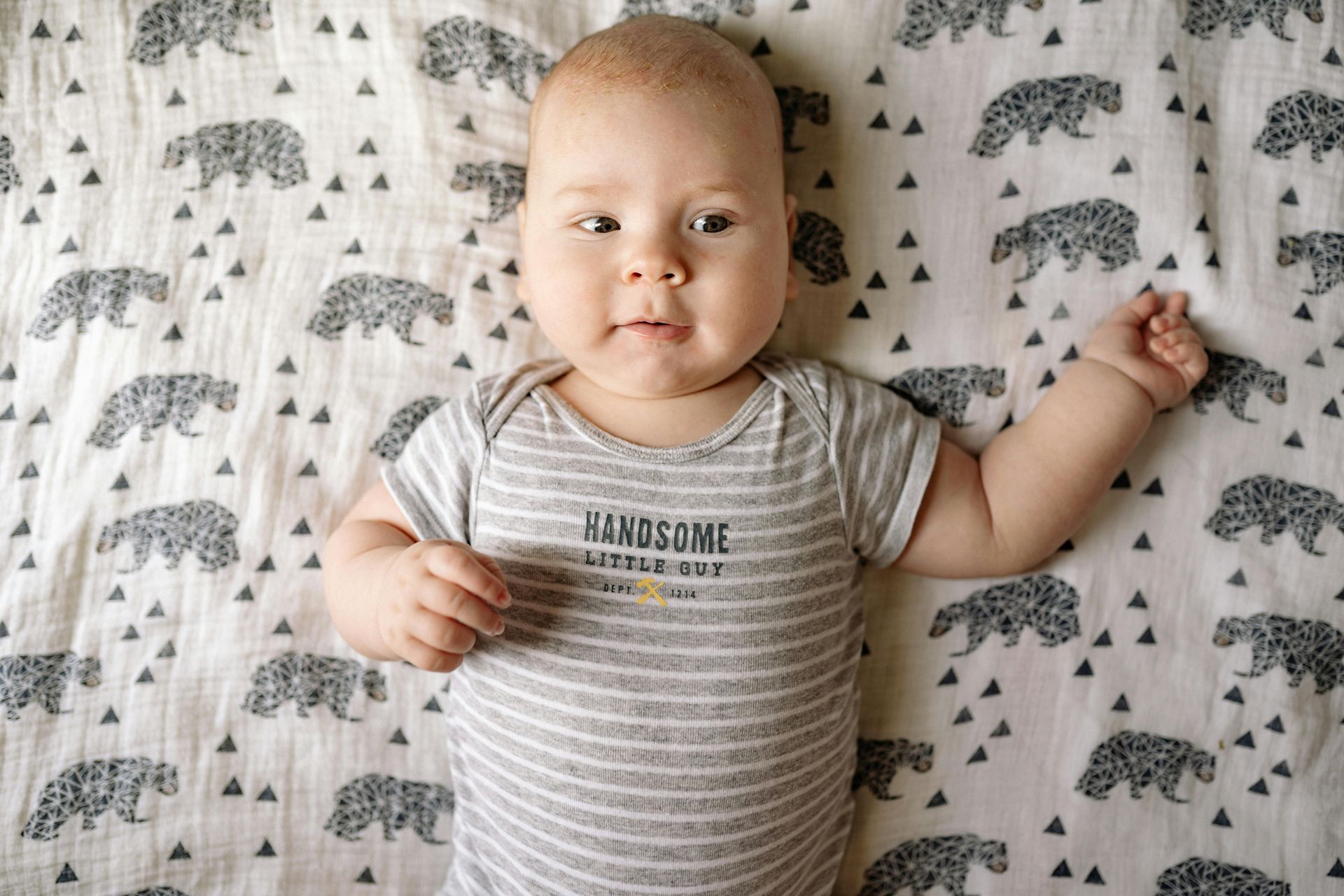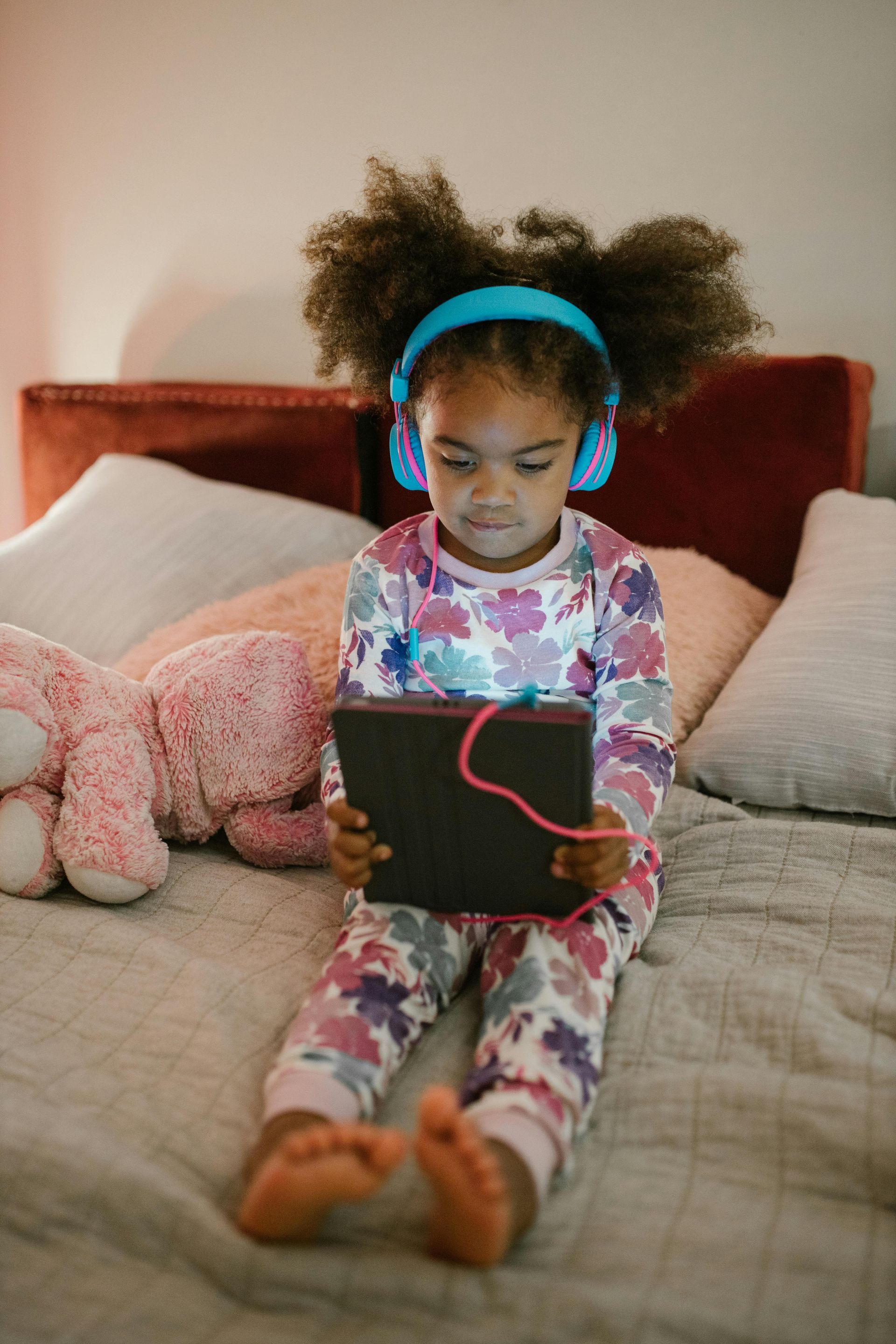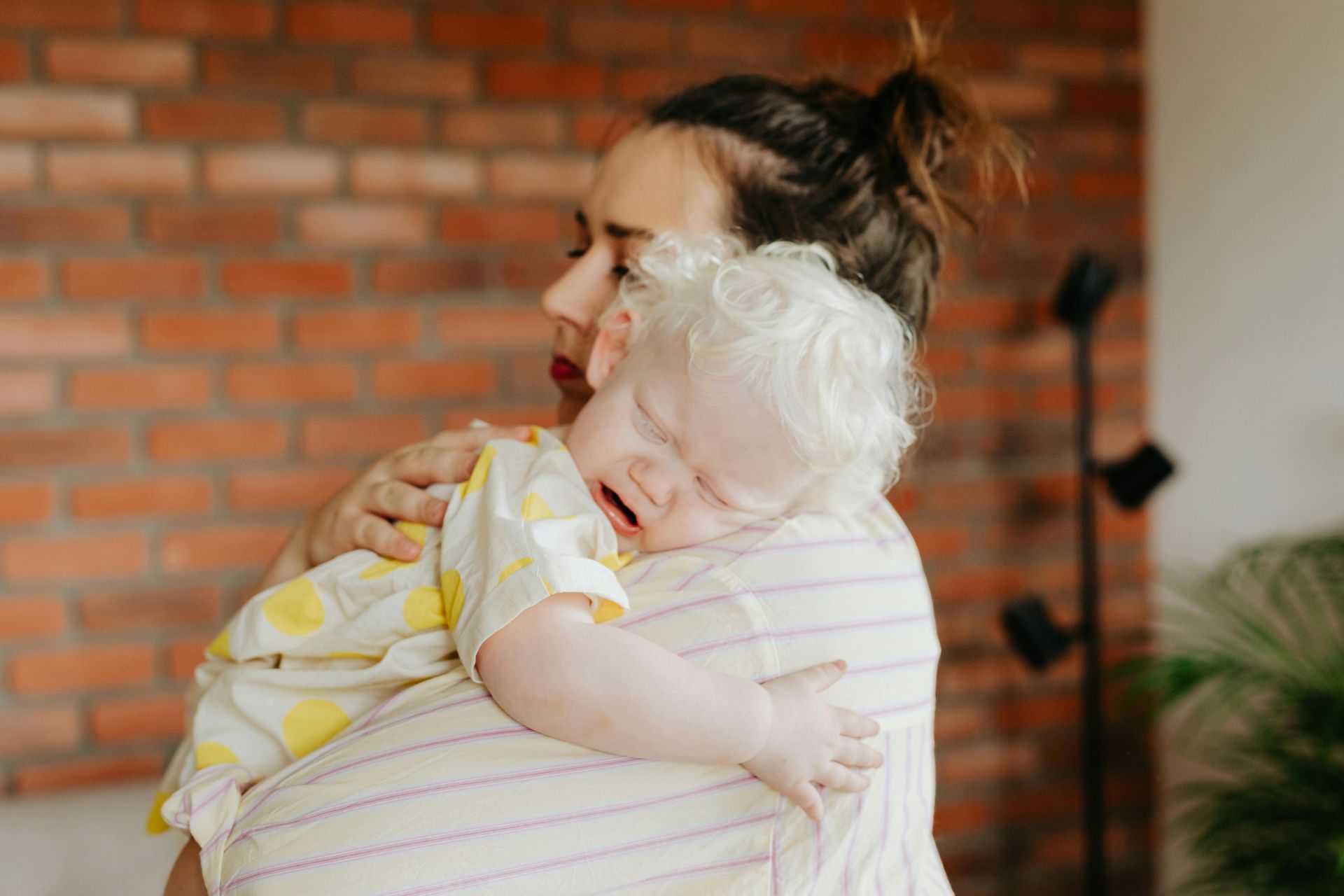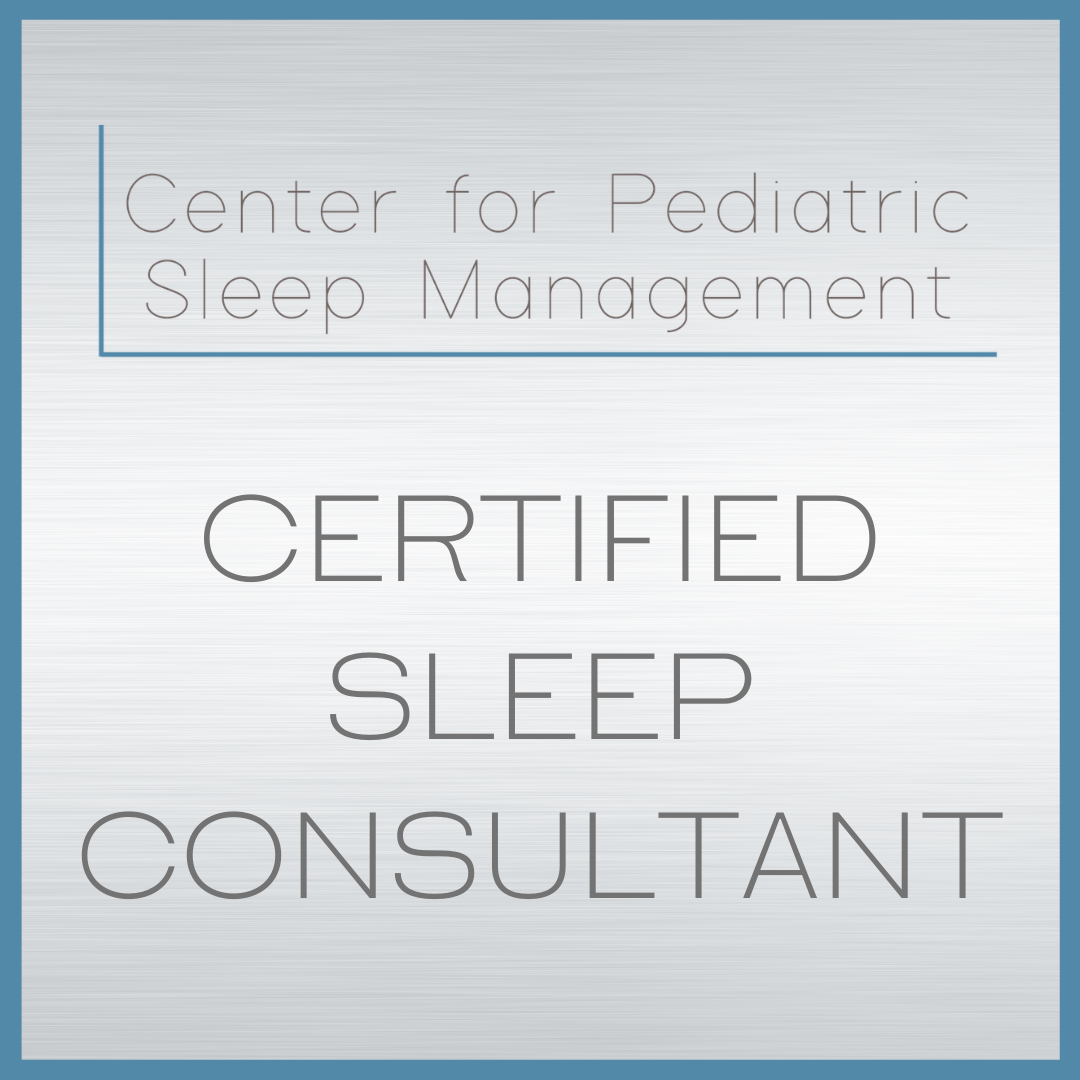How Your Child’s Sleep Environment Impacts Their Rest (+ Simple Fixes!)
Lacy Hess • March 9, 2025
Create the perfect sleep space with these expert-backed tips for better naps and nights.

Does Your Little One’s Sleep Environment Really Matter?
Short answer? Yes—100%!
Your child’s sleep environment plays a huge role in how well they fall asleep and stay asleep. Just like adults sleep better in a calm, comfortable setting, babies and toddlers thrive when their sleep space is designed to support deep, uninterrupted rest.
Let’s break down the key elements of an ideal sleep environment
and how they can make a world of difference in your little one’s sleep.
1. White Noise: Your Sleep-Saving Secret
Babies are used to constant sound from their time in the womb, so silence can actually be unsettling. White noise mimics that familiar background hum, helping babies and toddlers feel secure while also drowning out household noises that could wake them up.
Best practices for white noise:
✅ Use a continuous, low, rumbly sound (white, pink, or brown noise).
✅ Keep it at a safe volume—about the sound level of a running shower (~50 dB).
✅ Place the machine across the room, not right next to the crib.
Avoid:
🚫 Nature sounds, music, or lullabies—these can have unpredictable volume changes that may disrupt sleep.
2. Blackout Curtains: Because Light = Wake-Ups
Did you know that even a small amount of light can signal to your child’s brain that it’s time to wake up? Blackout curtains help block out streetlights, early morning sun, and household lighting, making it easier for your child to sleep longer.
Benefits of blackout curtains:
✔️ Encourages melatonin production (the sleep hormone).
✔️ Helps babies, toddlers, and older kids sleep later in the morning.
✔️ Reduces the chances of early wake-ups and nap resistance.
3. No TV, Tablets, or Screens Before Bed
Screen time before bed can be a major sleep disruptor. The blue light from TVs, tablets, and phones suppresses melatonin production, making it harder for kids to wind down.
Why screen-free time before bed is important:
💡 Helps their body naturally prepare for sleep.
💡 Reduces bedtime battles by preventing overstimulation.
💡 Encourages a calm, predictable bedtime routine.
Try this instead:
📖 Read a book together.
🎶 Sing a song or tell stories together.
🤗 Spend time snuggling or talking about their day.
4. Keep It Cool: The Ideal Sleep Temperature
Babies sleep best in a cooler room—ideally between 68-72°F (20-22°C). A room that’s too warm can lead to restless sleep and even increase the risk of overheating.
Ways to maintain a cool sleep environment:
🌀 Use a fan to circulate air.
🛏️ Dress your child in light, breathable sleepwear.
🌡️ Keep an eye on the thermostat—especially during hot summer months!
5. Crib Safety: Less Is More
For babies under 12 months, a bare crib is a safe crib.
That means:
🚫 No blankets, pillows, bumpers, or stuffed animals.
✅ A firm mattress with a fitted sheet is all they need.
While cute décor, blankets, and stuffed animals may look cozy, these items pose a suffocation risk and should be avoided. Once your child turns one, you can introduce a small blanket if needed.
6. Say No to Lullabies at Bedtime
Lullabies might seem soothing, but the way they play can actually lead to wake-ups. If a song is on a loop and suddenly restarts—or turns off abruptly—it can disrupt your child’s sleep cycle and cause them to wake up searching for the sound.
Instead of lullabies, stick with continuous white noise to provide steady, uninterrupted background sound.
Final Thoughts: Set Your Little One Up for Sleep Success!
A few simple tweaks to your child’s sleep environment can make a huge difference in how well they sleep. White noise, blackout curtains, a cool room, screen-free time, and a safe sleep setup all work together to create the perfect conditions for restful nights.
Looking for more sleep tips? Subscribe to my email list, and get my weekly blog posts delivered straight to your inbox every Monday morning—so you can tackle your child’s sleep with confidence!
Have you tried adjusting your little one's sleep environment but still struggle with sleepless nights? I can help! Book a free consultation, and let’s talk about how to bring sleep back to your home.




